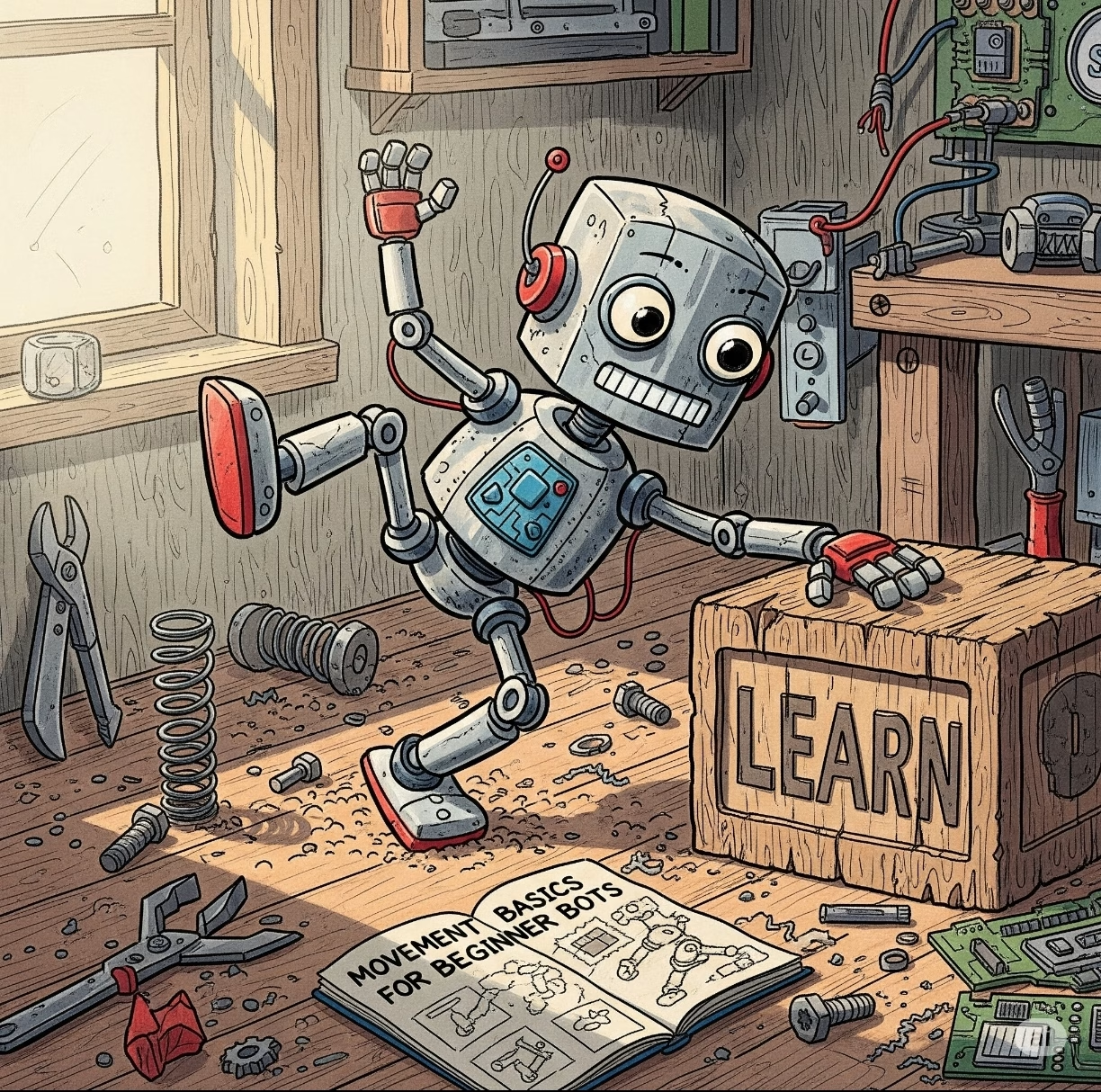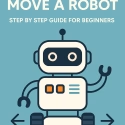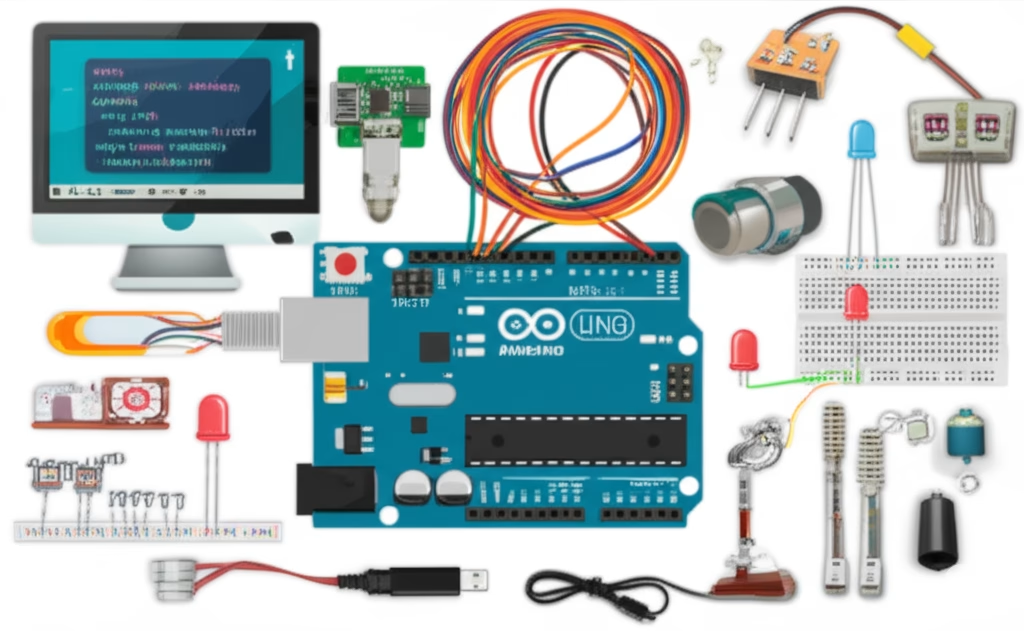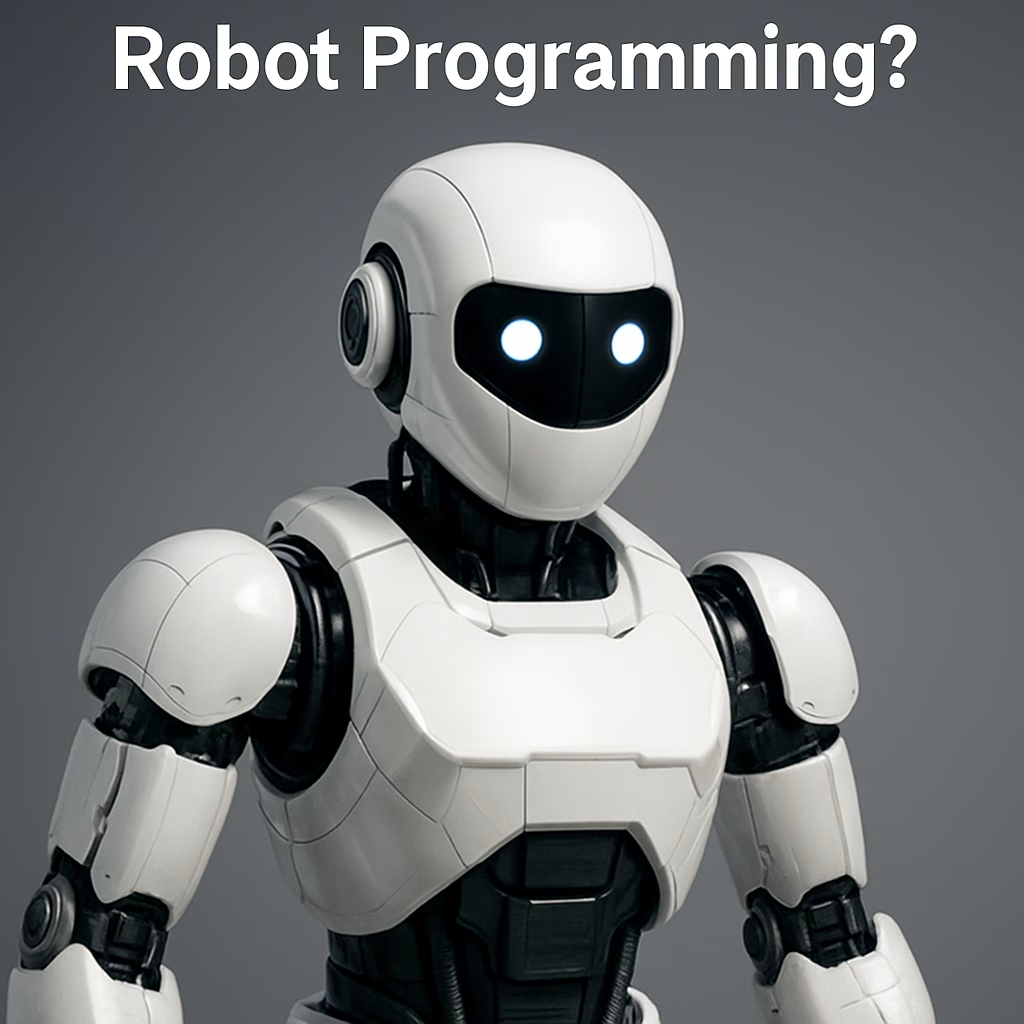A Beginner’s Guide
Understanding how robots learn to move is one of the most fascinating areas in robotics. From simple wheeled robots to advanced humanoids, movement is at the heart of what makes a robot truly functional. In this article, we will explore how robots learn to move, the basic principles involved, and how you can get started building your own motion-learning robot.
🧠 The Brain Behind Movement: Control Systems
At the core of every robot’s movement is a control system. This system acts like the robot’s brain and is responsible for interpreting sensor data and sending signals to motors.
There are two major types:
- Manual Control: The robot is directly controlled by a human using commands or remote control.
- Autonomous Control: The robot uses algorithms and sensor feedback to make decisions on its own.
🦾 Learning to Move: The Key Methods
Here are the main ways robots learn how to move:
1. Pre-programmed Movements
These are hard-coded instructions given by the developer. For example, “move forward 10 cm, turn left 90°.”
Used for: Simple tasks like line-following or obstacle avoidance.
2. Motion Planning
Robots can calculate optimal paths in their environment using algorithms like A*, Dijkstra, or RRT.
Used for: Warehouse robots, delivery robots, and robotic arms.
3. Imitation Learning
Robots observe and replicate human movements using camera input or sensors.
Used for: Humanoid robots, robot assistants.
4. Reinforcement Learning
The robot receives feedback (reward/punishment) and gradually improves its movement decisions.
Used for: Complex navigation, dynamic environments like self-driving vehicles.
🔧 Want to Try It Yourself?
To begin experimenting with robot movement:
- Use platforms like Arduino or Raspberry Pi with motors and sensors.
- Start with simple movement commands (e.g., forward, backward).
- Gradually integrate sensors like ultrasonic distance sensors or IMUs (inertial measurement units).
- Use libraries like TensorFlow or PyTorch to explore machine learning.
🤖 Real-World Examples
- Boston Dynamics’ Spot: Learns and adapts to different terrains.
- Tesla Optimus: Uses human imitation learning and real-time feedback.
- Robotic vacuum cleaners (Roomba): Use basic planning and obstacle detection.
Final Thoughts
Robot movement isn’t just about wheels and legs – it’s a combination of sensors, intelligence, and lots of trial-and-error. Whether you’re just starting or building a robot for research, learning how motion works is key to everything in robotics.
Share your thoughts in the comments and join the discussion on ROBOFORUM – the community for future-minded thinkers in robotics and AI!
Leave a comment and join the discussion. If you’re not already subscribed, please subscribe or log in.









